Life in digital art
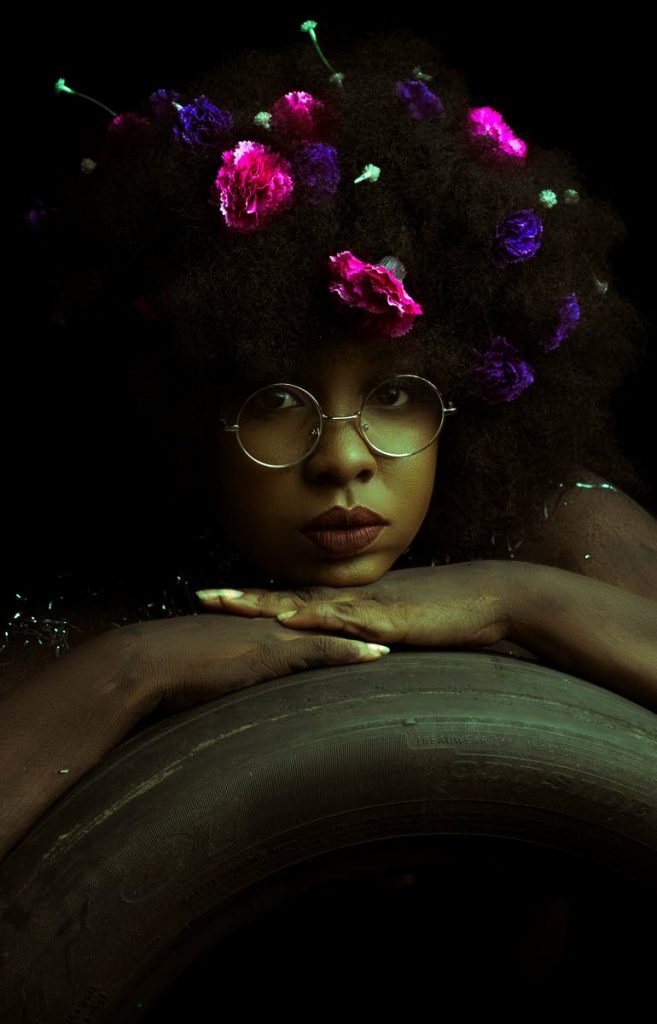
During a visit to the St Ann’s Psychiatric Hospital last year, Marvin Hamilton came across a patient whom he learnt had witnessed the stabbing death of her mother at the hands of her step-father.
He recalled the young woman, who sat against a wall in one of the wards, had cut a sad portrait.
“She had a piece of bread in her hand and she made wild, stabbing gestures into the air as if trying to act out what she saw–the murder,” Hamilton, 30, said in a Sunday Newsday interview.
The episode was fodder for the digital artist who, on that occasion, vowed to create unique, thought-provoking pieces that would touch people’s hearts.
“I try to capture the story behind what I see to develop my brand.”
After leaving the hospital, Hamilton internalised the woman’s demeanour and days later, with the assistance of a model, was able to capture her pain and desolation.
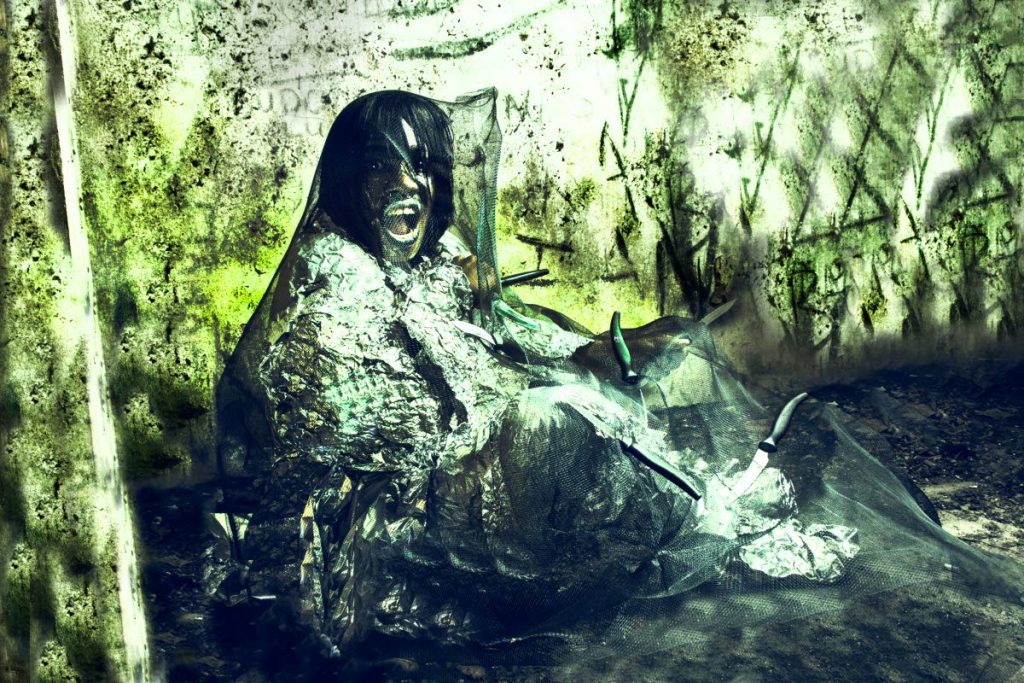
He said although he had not given the photograph a name, it ranks as one of his most provocative pieces to date.
But Hamilton’s work is not only about sadness or despair: he’s also captured hurt, anger, joy, contemplation and fantasy.
The artist said the subjects for his pieces could come from concepts, the environment and average people simply walking down the street.
Hamilton described digital art as mixing reality with the digital world.
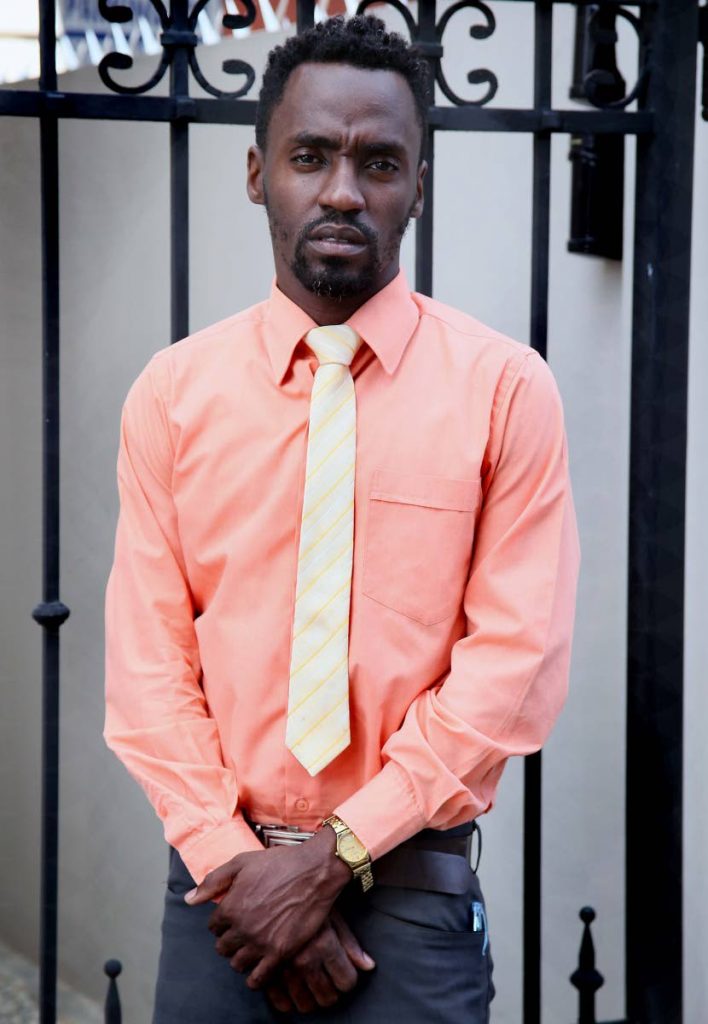
“With the regular photography for weddings and other events, you’re bringing a sort of cinematic world, something you wouldn’t normally get out of a regular camera. It is like marrying the both of them.”
Strangely enough, Hamilton said he had never considered digital art as a career or even a sideline.
“All of it is what I would have learned by just reading books and from YouTube, Google and practice, practice, practice.”
He said, since breaking into the field, people had told him he had a knack for photography.
“But I was never into it. Photography is something that I learnt. I would not have even been able to think about how to even start doing it.”
Still, Hamilton’s hard work has paid off.
After submitting a photograph of a fallen angel in an online competition in the US, last year, Hamilton said he surprisingly placed third.
He has also been short-listed for the TT Photographic Society’s upcoming competition, Focus On T&T, on August 28, at the Art Gallery, Mucurapo Road, St James.
“So that shows me where I am and where I need to be.”
The artist said he would continue to enter competitions, network and “expose my talent to the right set of people.”
After leaving his job as a television cameraman in October 2016, Hamilton said he literally stumbled into digital art.
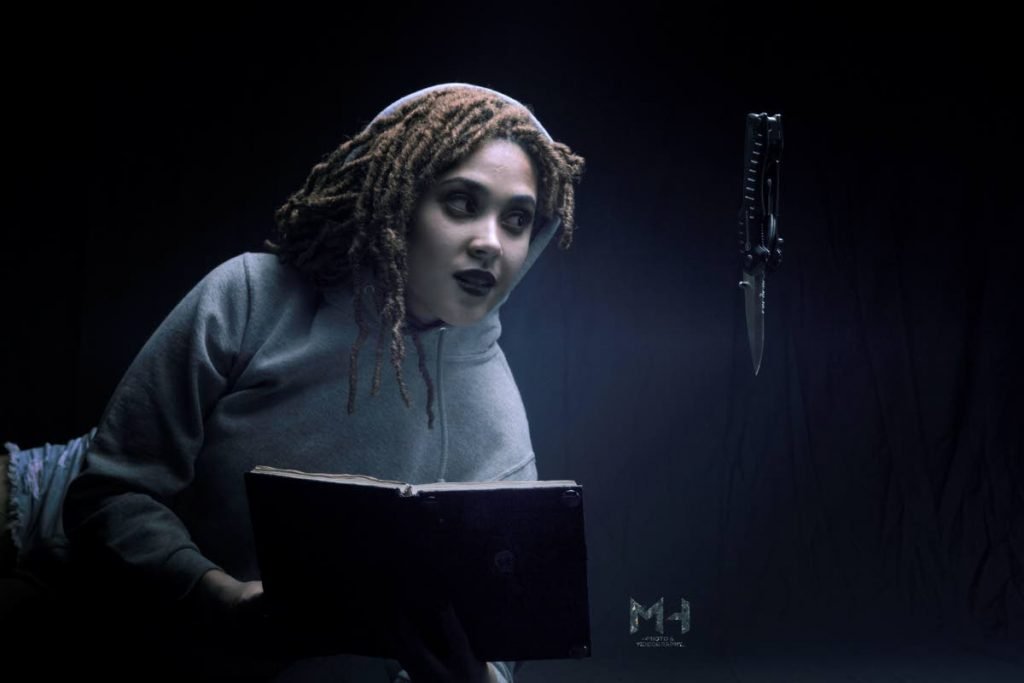
His friend, Naballah Chi, a hijabi designer, needed some photographs taken of her urgently and asked him to oblige.
Hamilton, who holds a degree in Creative Media Production from the School of Business and Computer Science, said at that time he had no photographic experience and felt incapable of doing the shoot.
“I just had one camera, one lens and a light which I needed for video. I told her not to expect anything like her usual photographer.”
Hamilton said Chi was blown away by the shots and encouraged him to pursue the craft.
After the shoot, Hamilton said he initially dabbled in fashion photography, family portraits, weddings and other social engagements.
However, he became discouraged after showing samples of his work to an official at a major regional conglomerate.
“I took the opportunity to show him some pieces and he was swiping them through. But he took a call on his cellphone while swiping and I felt offended.”
While driving home from the event, Hamilton revisited the incident and resolved to hone his craft with greater alacrity.
He researched the work of German photographer Lyonel Stief, who, like him, had initially developed his skill with the use of one camera, lens and light.
Hamilton said he was blown away by Stief’s work and felt energised to make his own mark in digital art.
He recalled he challenged a friend, a Buddhist, to offer him a subject for a photo shoot.
Hamilton said his friend suggested the topic of meditation.
“So, for that first shoot, I had him with a book in his hand and I was trying to get a fog machine to rent because I wanted to do something different and dramatic. So, I made him close the book and have the powder flare up to give the idea of meditation.”
He said the effect generated by the gesture was phenomenal.
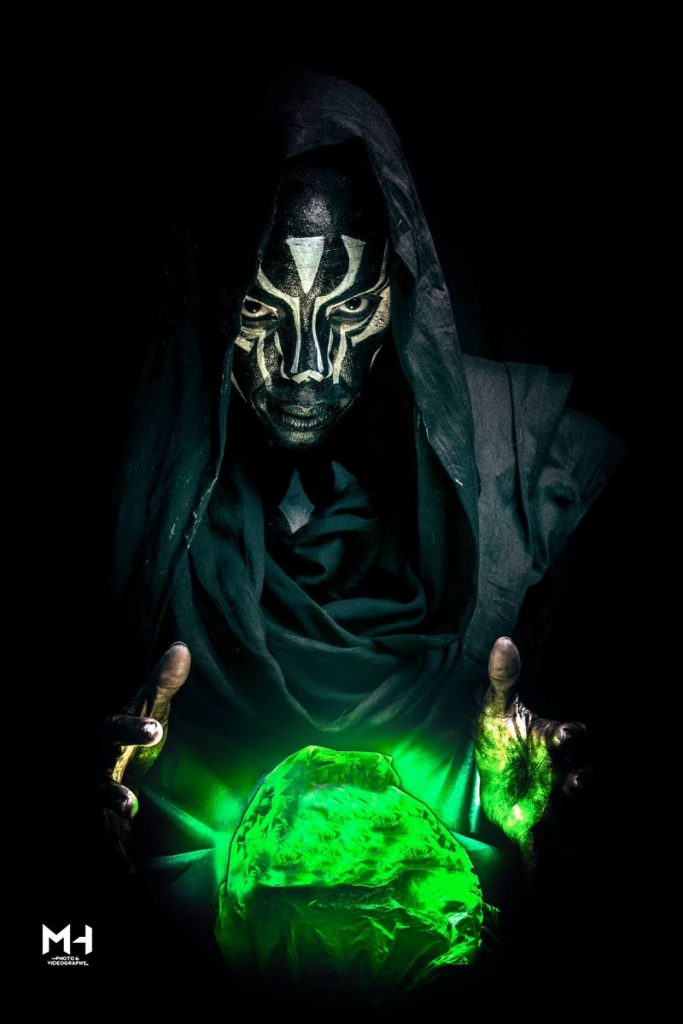
“I was like, wow. I was able to do this thing with one camera, one lens.”
After editing the shoot, Hamilton showed it to random people whom he said asked him if the photographs came from Trinidad.
Hamilton said the piece, Power of Meditation, was his greatest work to date.
“It opened up my mind and interest. Had I not done that particular piece, then I would not have been motivated to do anything like that.”
He said working with limited equipment – a camera, lens and one light – has not prevented him from striving for excellence in his work.
“Whenever I do a shoot, I always try to better my last shoot, even in terms of colour-grading, because I don’t want to have a set of material out and when I look at it, I’m not seeing progress.”
Hamilton is partial to what he called dark, dramatic-styled photography.
“I think when you do conceptual photography, it shows there is a thought process behind it. It’s not just picking up a camera and going and pose a model – you have to think about make-up, lights, location and the ability to create something out of nothing.”
He added: “My approach from then until now is that whenever I have a shoot to do the first concept that comes to mind, I throw that in the bin because that is me thinking average. When I get rid of that concept, then I start brainstorming to come up with something different.
“That is how I go about my work. I try to put as much thought into it because I don’t want my last work to look like my previous work. It should also not be a case where someone could go and pick up a camera and shoot what I shoot.”
From a business perspective, Hamilton admitted the market for digital art was difficult.
“People who you will really get doing that is people who into the art industry like musicians, artistes but the average person doesn’t really have a need for that type of photography.”
However, he said digital art embodied limitless possibilities, especially in relation to milestone celebrations and other engagements.
“Some people have asked why I got into the field if there is not a niche. But, back in the day, when my Mom got married there was not an emphasis on engagement photography or newborn photography but that is a big thing now. So, if I could be one of the photographers to pioneer that, then why not?
Hamilton said he ha also begun to put his own stamp on weddings by focussing on post-nuptial shoots.
“I would take the couple to some location and do something crazy with them and they love it.”
Hamilton said he would continue to examine the work of regional and international photographers.
“I don’t ever want to become comfortable in my photography.”
He said he recently contacted famed Canadian-born photographer Benjamin Von Wong, who had quit his job as a mining engineer to pursue photography.
Hamilton said Von Wong’s work also promoted global issues.
“He (Von Wong) told me that I should never stop shooting and always dare to be different.”
People wishing to contact Hamilton can call 776-1258.


Comments
"Life in digital art"